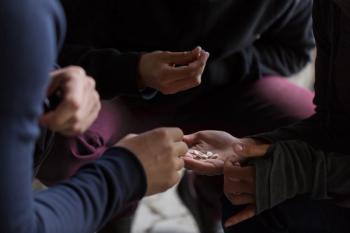
Consumer fireworks present high injury hazard to kids
Compared to the general population, children are injured by consumer fireworks at disproportionately high rates, according to recent statistics.
Compared to the general population, children are injured by consumer fireworks at disproportionately high rates, according to recent statistics.
In 2006, the Center for Injury Research and Policy (CIRP) in the Research Institute at Nationwide Children's Hospital estimated that 85,800 pediatric fireworks-related injuries were treated in US emergency departments from 1990 through 2003. These injuries are most often burns and happen more frequently among boys and children ages 10 to 14.
Injuries can range from minor burns and corneal abrasions to severe burns, vision, and hearing loss, and can also be fatal, CIRP states. One-fourth of fireworks-related injuries consist of children who are bystanders or otherwise not directly involved in handling the fireworks.
Novelty fireworks that are deemed safer by parents, such as sparklers and fountains, account for 28% of injuries. Sparklers in particular can burn at temperatures that exceed 1,000 degrees Fahrenheit; two-thirds of sparkler-related injuries happen to children 5 and younger.
CIRP recommends that instead of making use of consumer fireworks, parents should take their children to safer public fireworks displays.
Some consumer fireworks have been deemed unsafe by government agencies as well. On July 3, the US Consumer Product Safety Commission (CPSC) and Black Cat Fireworks announced an approximate 20,000-item recall of Screech and Scream Fountain Fireworks, which "can produce a loud bang and unexpectedly scatter debris, posing an injury hazard to the user and bystanders," the CPSC website stated. No injuries had been reported at the time of the recall announcement.
Newsletter
Access practical, evidence-based guidance to support better care for our youngest patients. Join our email list for the latest clinical updates.







